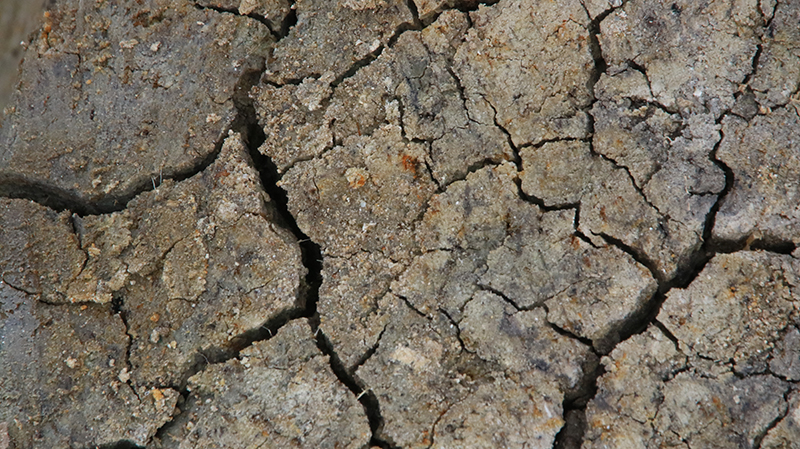How Can A Drought Affect My Foundation?
Long periods of drought are an extremely common occurrence throughout Texas. We may not think that dry spells can have an impact on our homes. However, getting your foundation checked out professionally will likely tell you a different story.

How do droughts affect my home’s foundation?
According to a KSAT article, the reason that a drought can affect your foundation is because of how water can wash soil away from your foundation. With periods of heavy rain, water can pull the dirt away, leaving open gaps of space underneath and along the sides. As long periods of droughts set in and your house continues to sit on nothing, the foundation will eventually start to give way to the weight of itself after remaining unsupported.
Homecity and Nebraska Drought Resources also note that soil underneath can dry up from gaps left open along the sides. This can cause the moisture underneath your home to evaporate. The following soil shrinkage can cause your home’s foundation to “shift, crack and sink.” When it finally rains and the soil is given moisture again, the soil can expand and push the foundation upward, most likely, unevenly.
How do I know if my foundation is damaged?
It can be hard to tell if you have a problem just by going outside and taking a look at your foundation. According to Nebraska Drought Resources and KSAT, there are a few signs that will tell you you’re likely experiencing a problem.
These problems can include:
- Sticking doors or windows
- Cracks in the walls or ceilings
- Uneven floors or ceilings
- Gaps in the walls or ceilings
- A separating chimney
How can I prevent foundation damage from drought?
Homecity goes on to discuss a variety of things that you can do to prevent the expensive damages that a drought can cause to your foundation. Some precautions you can take include:
- Check the foundation of your home for any gaps – dig 6 feet down at a gap and if it feels dry, you will likely have to moisten (but not drench) the soil.
- Lightly wet the soil surrounding your home to maintain moisture and work to fill in any gaps around the foundation.
- Plant shrubs and other bushes spaciously around the base of your home to help retain moisture.
- Lay mulch down around the foundation as a way to keep the soil underneath damp.
When a drought does finally set in, regularly watering your foundation can help keep your home’s foundation safe while ensuring to adhere to any of your city’s water restrictions.
Moving Forward
Foundation problems can cost you thousands of dollars in repairs. Ensuring that you are taking precautions to protect your home against long periods of droughts can help save you a lot of money over the long-term.
Contact us to discuss any of your foundation needs today!
